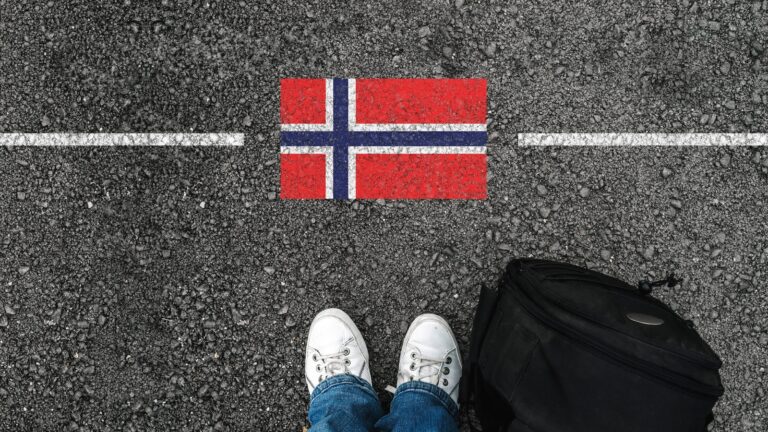Norway's Introduction Programme is an essential initiative for refugees, providing structured support and opportunities to build a new life in Norway, whether temporary or permanent.
As with all EU/EEA countries, Norway offers protection to those who need it. People can apply for protection (asylum) if they are persecuted or fear persecution or inhumane treatment in their home country.

Read more about how the refugee process in Norway works. Once someone is accepted as a refugee, Norway offers an introduction programme.
Through a combination of work experience, education, and language training, the programme facilitates smoother integration into Norwegian society and into the workforce.
Here’s a detailed overview of what the programme entails and how it can benefit those under temporary collective protection.
What is the Introduction Programme?
The Introduction Programme is designed to prepare refugees aged 18 to 55 for work or further education in Norway.
Participation is voluntary and primarily offered to those who have settled in a municipality through an agreement with the Directorate of Integration and Diversity (IMDi).
The municipality must offer eligible people the opportunity to start the Introduction Programme as soon as possible, and no later than three months after settling in the municipality.

If a participant has a full-time job offer (30 to 40 hours per week), they must accept it instead of joining the programme. Part-time employment can be integrated into their training plan.
Eligibility Criteria
- Refugees aged 18 to 55 with temporary collective protection.
- Must reside in a municipality with an IMDi agreement.
- Should start the programme within three months of settlement.
- The municipality may also offer the programme to refugees aged 55 to 67 or those settled without an IMDi agreement.
Moving to another municipality generally disqualifies one from continuing the programme unless the move is pre-agreed.
Duration and Activities
The programme’s length varies based on the individual’s educational background and goals. Typically, for most Ukrainian refugees, it lasts about six months.
Participants engage in:
- Work-related activities (minimum 15 hours per week by the fourth month), which could include work experience, part-time work, or short vocational courses.
- Education for those without secondary schooling.
- Norwegian or English language training.
- Parental guidance for those with children under 18.
An integration plan, created with a programme advisor, outlines the specific activities and duration for each participant.
Financial Support
Participants receive an introduction allowance to cover living expenses, which is subject to taxation. Additional financial support or income from a job may reduce the allowance. Misreporting income can lead to repayment demands.
Holiday and Leave
Participants in programmes lasting a year or more are entitled to five weeks of vacation, while those in shorter programmes receive pro-rated vacation time.
Leaves of absence for illness, pregnancy, childbirth, or significant reasons must be approved by the programme advisor. Unapproved absences can lead to deductions in the allowance or termination of the programme.
Norwegian Language Tuition
Refugees aged 18 to 67 are entitled to Norwegian language training, irrespective of participation in the Introduction Programme. This training lasts one year from the start date, with extensions granted for valid leave periods.
Language training aims to reach proficiency levels suitable for employment and can be scheduled flexibly, including evenings and online sessions, especially if the participant has some work.
A free Norwegian language test is available to document skills learned on the programme. Ordinarily, a fee applies for the national Norwegian language exams.
Complaints and Appeals
Participants can appeal decisions regarding the programme by submitting a complaint to the municipality, which must provide guidance on regulations and appeal procedures.
If the municipality upholds its decision, the complaint is forwarded to the county governor for review.

